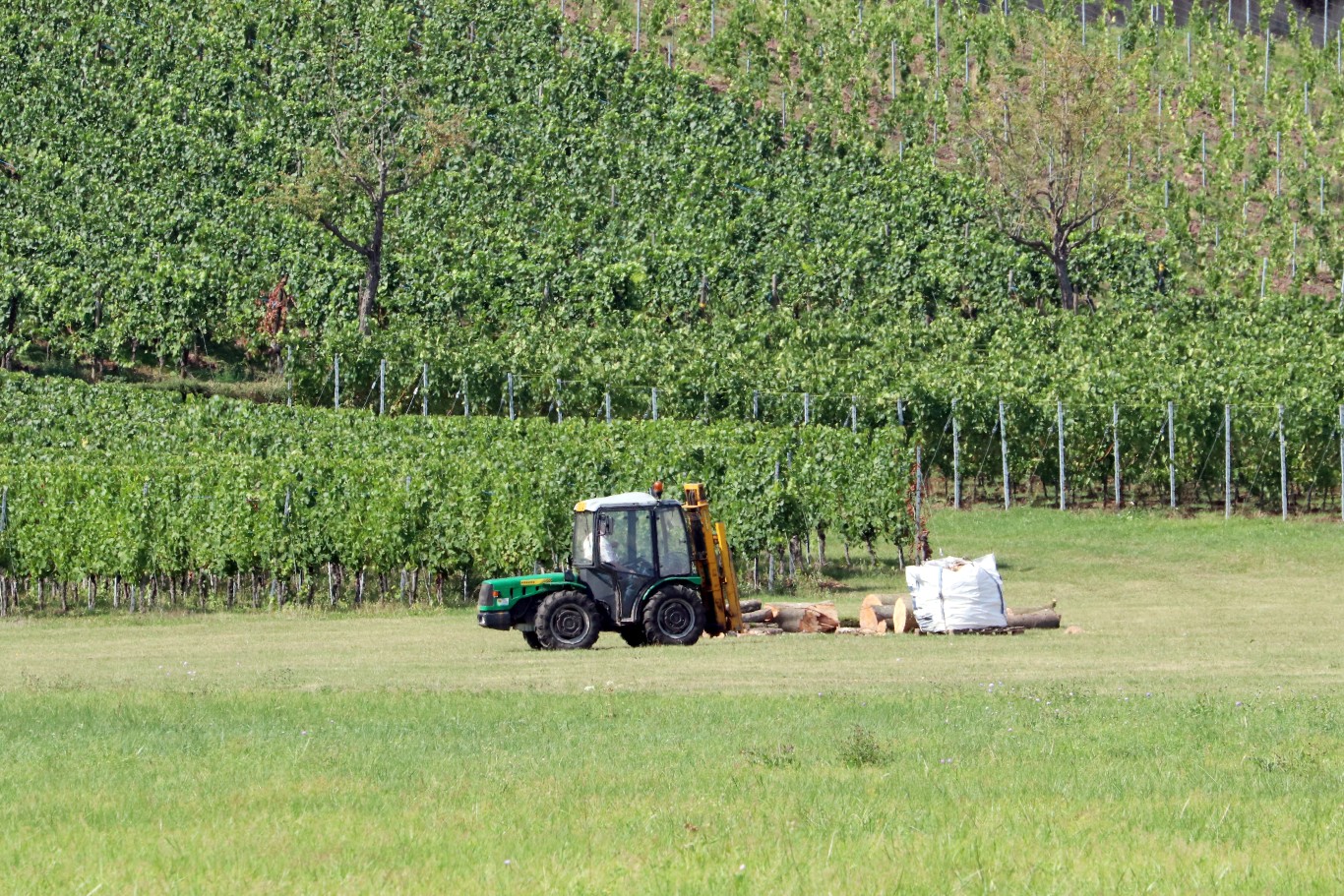Economy
Pennsylvania Tax Credit for Farmers: Application Process Starts Next Week

Published:

Pennsylvania farmers will be able to apply for a tax credit that could give them as much as $250,000 over seven years. Applications can be submitted starting next week. This Pennsylvania tax credit for farmers aims to help offset the cost of implementing conservation practices.
Starting Monday, i.e., August 7, farmers will be able to apply for the tax credit, officially called the Resource Enhancement and Protection (REAP) Program. It is a first-come, first-served program that will distribute $13 million in tax credits.
“REAP tax credits are just one of many ways Pennsylvania invests in our farmers’ efforts to grow a sustainable farm economy to feed our future,” Agriculture Secretary Russell Redding, said in a press release.
The last date to apply for the Pennsylvania tax credit for farmers is October 31. You shouldn’t wait for the last date as the program is on a first-come, first-served basis, so the funds may run out before the deadline.
Farmers could get REAP tax credits of 50 to 75% of the project’s eligible out-of-pocket costs. Some farmers, including those operating in a watershed and with an EPA-mandated Total Maximum Daily Load (TMDL), can qualify for 90% of the out-of-pocket costs.
The primary objective of the REAP program is to support farmer’s efforts in improving soil health and water quality. Farmers can combine tax credits from REAP with other state funding and federal funding to purchase on-farm enhancements “that protect the environment and boost farm sustainability.”
Agricultural producers, who use best management practices or invest in equipment that helps to reduce nutrient and sediment runoff, and improve soil health and quality of Pennsylvania’s waterways, will be able to apply for the Pennsylvania tax credit.
Since the start of the REAP program in 2007, about $147 million in tax credits have been awarded to over 8,500 projects. Some projects that have received funding are waste storage facilities, precision ag equipment, no-till planting, Nutrient Management Plans and conservation plans.
As for what is new with REAP 2023-2024, it increases focus in multi-species cover crops and cover crop equipment, including drones; adds precision nutrient application plans, Silvopasture systems, as well as No-till and nutrient application equipment upgrade kits.
A point to note is that REAP tax credits may be sold. Individuals and corporations that want to reduce their tax liability can buy the tax credits. The tax credits could be used to pay the state income tax for any individual or entity with income tax obligations for up to 15 years from the date of issuance.
Separately, another business can also fund a project through REAP’s sponsorship program. In such a case, that business will be able to apply for the credit instead of the producer.
Visit agriculture.pa.gov for more information on REAP, including the 2023-24 application packet, sponsorship process and the program guidelines.
This article originally appeared on ValueWalk
If you’re one of the over 4 Million Americans set to retire this year, you may want to pay attention. Many people have worked their whole lives preparing to retire without ever knowing the answer to the most important question: am I ahead, or behind on my goals?
Don’t make the same mistake. It’s an easy question to answer. A quick conversation with a financial advisor can help you unpack your savings, spending, and goals for your money. With Zoe Financial’s free matching tool, you can connect with trusted financial advisors in minutes.
Why wait? Click here to get started today!
Thank you for reading! Have some feedback for us?
Contact the 24/7 Wall St. editorial team.